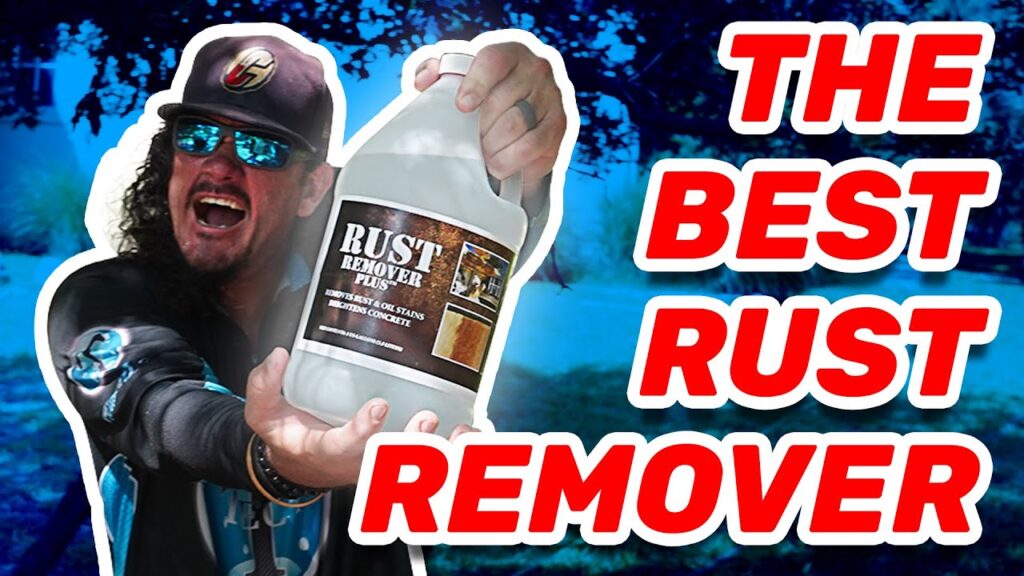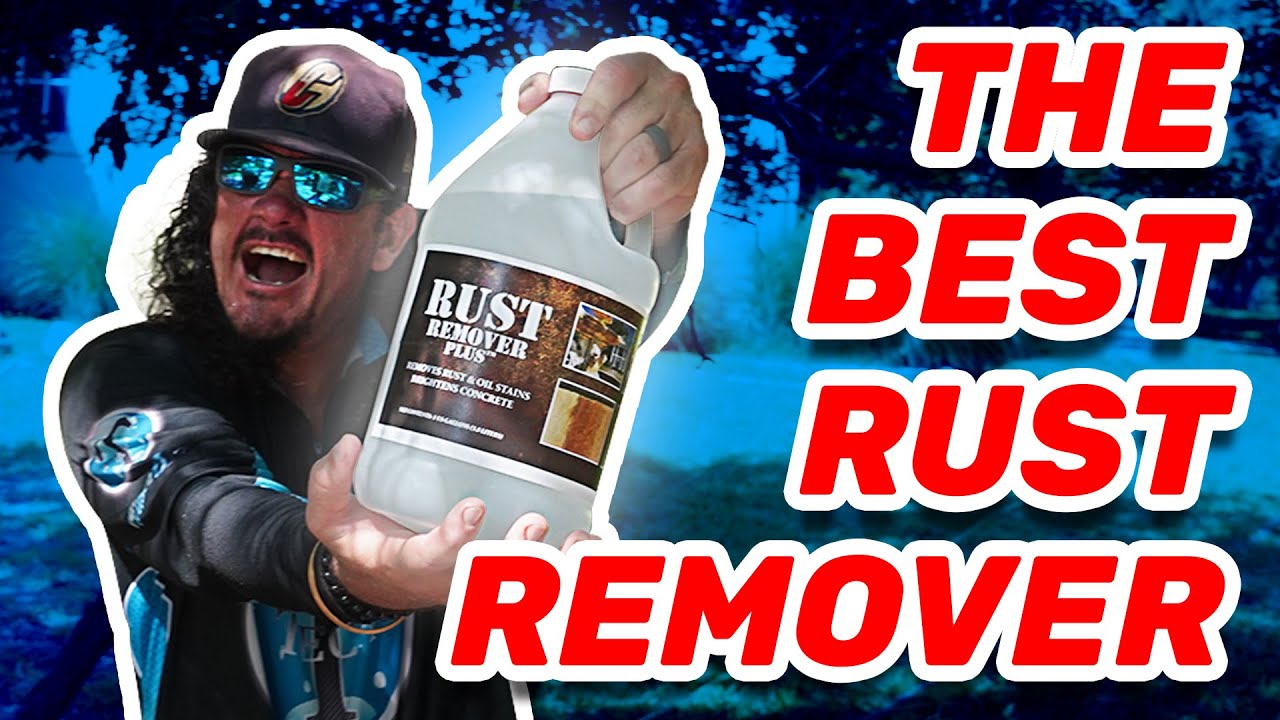
The Ultimate Guide to Rims Rust Remover: Restoring Your Wheels to Their Former Glory
Rust on your rims isn’t just an eyesore; it’s a sign of corrosion that can eventually compromise the integrity of your wheels. Finding the right rims rust remover and understanding how to use it effectively is crucial for maintaining your vehicle’s appearance and safety. This comprehensive guide will walk you through everything you need to know about removing rust from your rims, from identifying the type of rust to choosing the best products and techniques.
Understanding Rust Formation on Rims
Rust, scientifically known as iron oxide, forms when iron or steel is exposed to oxygen and moisture. This electrochemical process leads to the oxidation of the metal, resulting in the reddish-brown, flaky substance we call rust. Rims, especially those made of steel or chrome-plated steel, are particularly susceptible to rust due to their constant exposure to the elements, road salt, brake dust, and other contaminants.
Several factors contribute to rust formation on rims:
- Exposure to Moisture: Rain, snow, and humidity accelerate the rusting process.
- Road Salt: Used extensively in winter to de-ice roads, salt is highly corrosive and promotes rust.
- Brake Dust: Contains metallic particles that can contribute to rust formation.
- Scratches and Chips: Damage to the rim’s protective coating exposes the underlying metal to the elements.
Identifying the Type of Rust
Before you start removing rust, it’s important to identify the type of rust you’re dealing with. This will help you choose the most effective rims rust remover and technique.
- Surface Rust: This is the most common type and appears as a light, powdery coating on the rim’s surface. It’s relatively easy to remove with the right products and techniques.
- Pitting Rust: This type of rust has penetrated the metal’s surface, creating small pits or holes. It’s more difficult to remove and may require more aggressive methods.
- Deep Rust: This is the most severe form of rust and has significantly weakened the metal. In some cases, rims with deep rust may need to be replaced.
Choosing the Right Rims Rust Remover
There are several types of rims rust remover available on the market, each with its own advantages and disadvantages. Here’s a breakdown of some popular options:
- Chemical Rust Removers: These products contain chemicals that dissolve rust. They are available in liquid, gel, and spray forms. Some popular chemical rust removers include:
- Phosphoric Acid-Based Removers: Effective at dissolving rust and leaving a protective phosphate coating.
- Oxalic Acid-Based Removers: Powerful rust removers that can also brighten metal surfaces.
- Citric Acid-Based Removers: A more environmentally friendly option that is still effective at removing rust.
- Abrasive Rust Removers: These products physically remove rust through abrasion. Examples include:
- Steel Wool: Effective for removing surface rust but can scratch the rim’s finish if used improperly.
- Sandpaper: Available in various grits, sandpaper can be used to remove rust from different types of surfaces.
- Wire Brushes: Useful for removing heavy rust but can also damage the rim’s finish.
- DIY Rust Removers: You can also make your own rims rust remover using household ingredients like:
- Vinegar: A mild acid that can dissolve surface rust.
- Baking Soda: A gentle abrasive that can help remove rust.
- Lemon Juice: Contains citric acid, which can dissolve rust.
When choosing a rims rust remover, consider the following factors:
- Type of Rust: For surface rust, a mild chemical remover or abrasive may suffice. For pitting or deep rust, a stronger chemical remover or more aggressive abrasive may be needed.
- Rim Material: Some removers are not suitable for certain rim materials. Always check the product label to ensure it’s safe for your rims.
- Ease of Use: Consider how easy the product is to apply and remove.
- Safety: Wear appropriate safety gear, such as gloves and eye protection, when using any rims rust remover.
Step-by-Step Guide to Removing Rust from Rims
Follow these steps to effectively remove rust from your rims:
- Prepare Your Rims: Clean your rims thoroughly with soap and water to remove dirt, grime, and loose debris. Rinse well and dry completely.
- Apply the Rims Rust Remover: Follow the manufacturer’s instructions for applying the rims rust remover. If using a chemical remover, apply it evenly to the affected areas and let it sit for the recommended time. If using an abrasive, gently scrub the rust until it’s removed.
- Remove the Rust: For chemical removers, rinse the rims thoroughly with water to remove the remover and dissolved rust. For abrasives, wipe away the removed rust with a clean cloth.
- Inspect Your Rims: Check the rims for any remaining rust. If necessary, repeat steps 2 and 3.
- Protect Your Rims: Once the rust is removed, apply a protective coating, such as wax or sealant, to help prevent future rust formation.
Tips for Preventing Rust on Rims
Prevention is always better than cure. Here are some tips to help prevent rust from forming on your rims:
- Wash Your Rims Regularly: Wash your rims regularly with soap and water, especially after driving in wet or salty conditions.
- Apply a Protective Coating: Apply a protective coating, such as wax or sealant, to your rims to create a barrier against moisture and contaminants.
- Touch Up Scratches and Chips: Repair any scratches or chips in the rim’s coating to prevent rust from forming.
- Store Your Vehicle Properly: If you’re storing your vehicle for an extended period, store it in a dry, covered location to protect the rims from the elements.
- Consider Ceramic Coating: A ceramic coating provides a durable, long-lasting barrier against rust and other contaminants. [See also: Ceramic Coating for Wheels: Is It Worth It?]
Choosing the Best Rims Rust Remover Products
With so many rims rust remover products on the market, it can be difficult to choose the right one. Here are a few highly-rated options:
- Evapo-Rust Original Super Safe Rust Remover: A popular phosphoric acid-based remover that is safe to use on most surfaces.
- KBS Coatings RustBlast: A powerful rust remover and metal etch that prepares surfaces for painting or coating.
- WD-40 Specialist Rust Remover Soak: A soakable rust remover that is ideal for heavily rusted rims.
- CLR Calcium, Lime, & Rust Remover: A multi-purpose cleaner that can also be used to remove surface rust from rims.
DIY Rims Rust Remover Recipes
If you prefer a more natural approach, you can try these DIY rims rust remover recipes:
- Vinegar Soak: Soak a cloth in white vinegar and apply it to the rusted areas. Let it sit for 30 minutes to an hour, then scrub with a brush.
- Baking Soda Paste: Mix baking soda with water to form a paste. Apply the paste to the rusted areas and scrub with a brush.
- Lemon Juice and Salt: Sprinkle salt on the rusted areas, then squeeze lemon juice over the salt. Let it sit for a few hours, then scrub with a brush.
When to Seek Professional Help
In some cases, removing rust from rims may require professional help. Consider seeking professional assistance if:
- The rust is severe and has significantly weakened the metal.
- You’re not comfortable using chemical rust removers or abrasive techniques.
- You’re unsure about the best way to remove rust from your specific type of rims.
A professional auto detailer or wheel repair specialist can safely and effectively remove rust from your rims and restore them to their former glory. They can also provide advice on how to prevent rust from forming in the future. Using the correct rims rust remover can make a massive difference.
Conclusion
Rust on your rims is a common problem, but it’s one that can be effectively addressed with the right rims rust remover and techniques. By understanding the causes of rust, identifying the type of rust you’re dealing with, and choosing the appropriate removal method, you can restore your rims to their former glory and protect them from future corrosion. Remember to always prioritize safety and follow the manufacturer’s instructions when using any rims rust remover. Regular maintenance and preventative measures are key to keeping your rims looking their best for years to come. Don’t let rust diminish the appearance or safety of your vehicle – take action today and restore your rims to their original shine. A proper rims rust remover is your best friend in this endeavor. Consider the environment when choosing a rims rust remover. Always dispose of used rims rust remover properly. Using the correct rims rust remover will save time and effort. Choose a rims rust remover that is compatible with your rim material. [See also: How to Clean Alloy Wheels Like a Pro] Always test your rims rust remover on a small, inconspicuous area first. The right rims rust remover can make your rims look brand new. A good rims rust remover is an investment in your vehicle’s appearance. Always wear protective gear when using a rims rust remover. Make sure your rims rust remover is stored safely away from children and pets.

